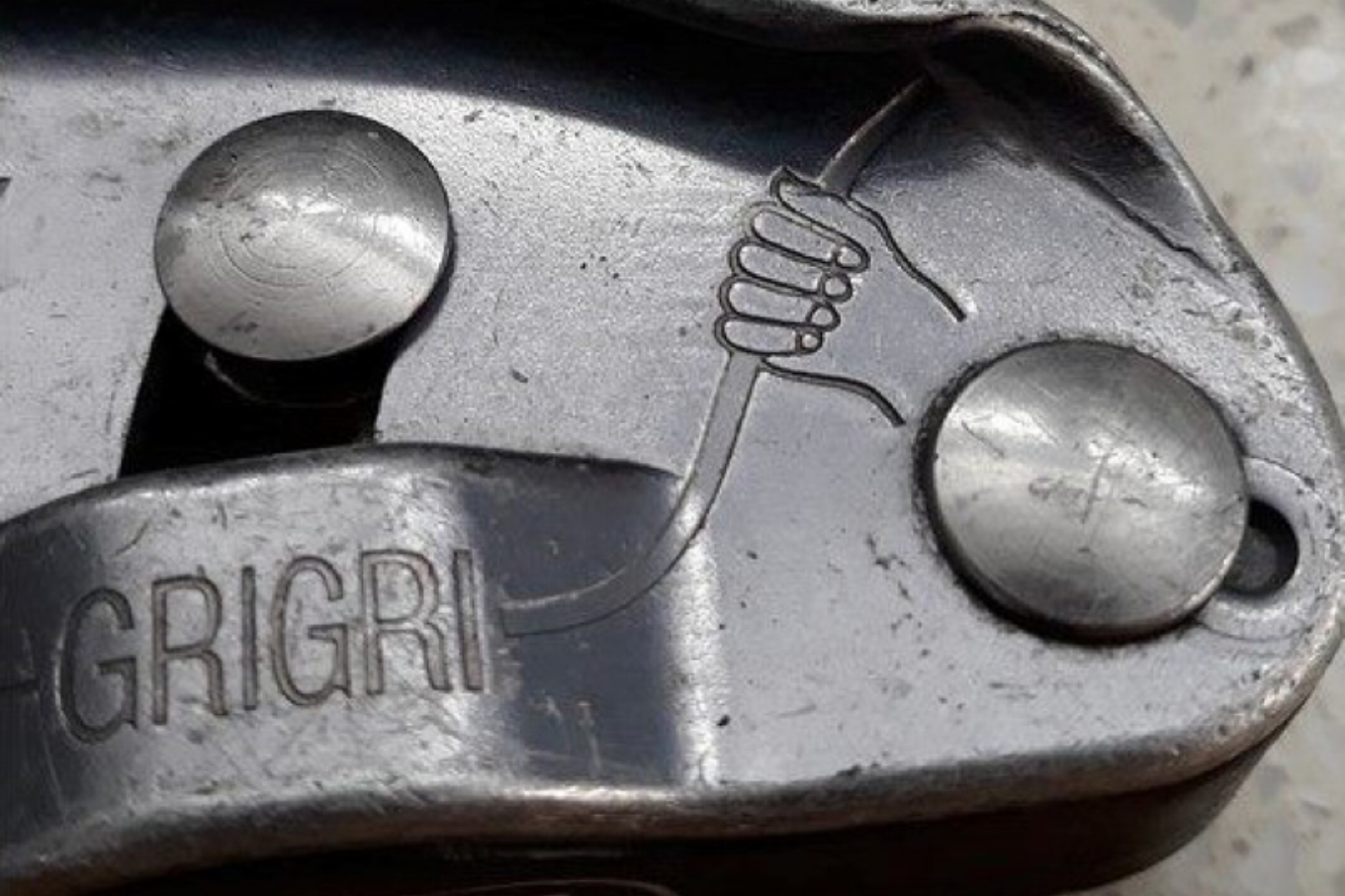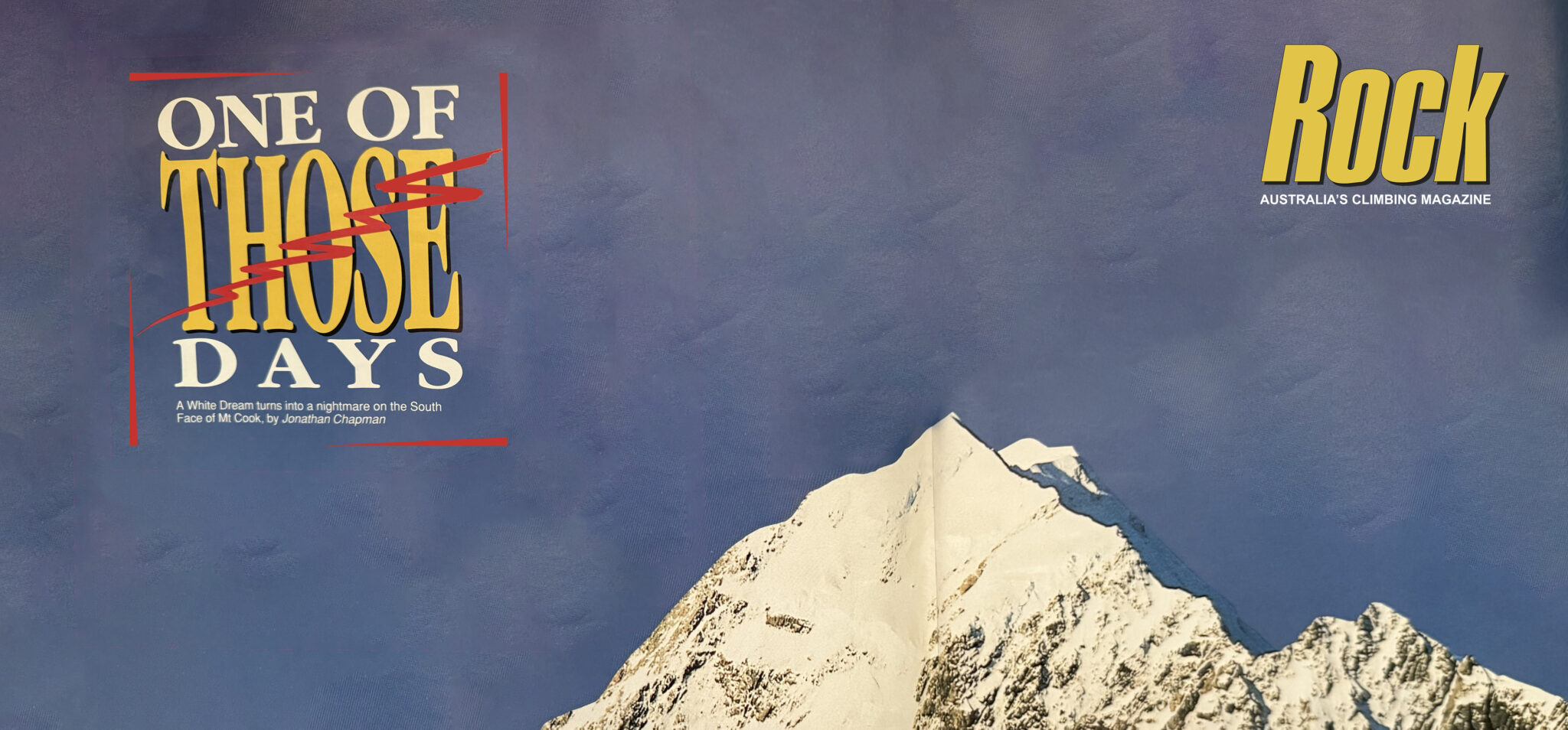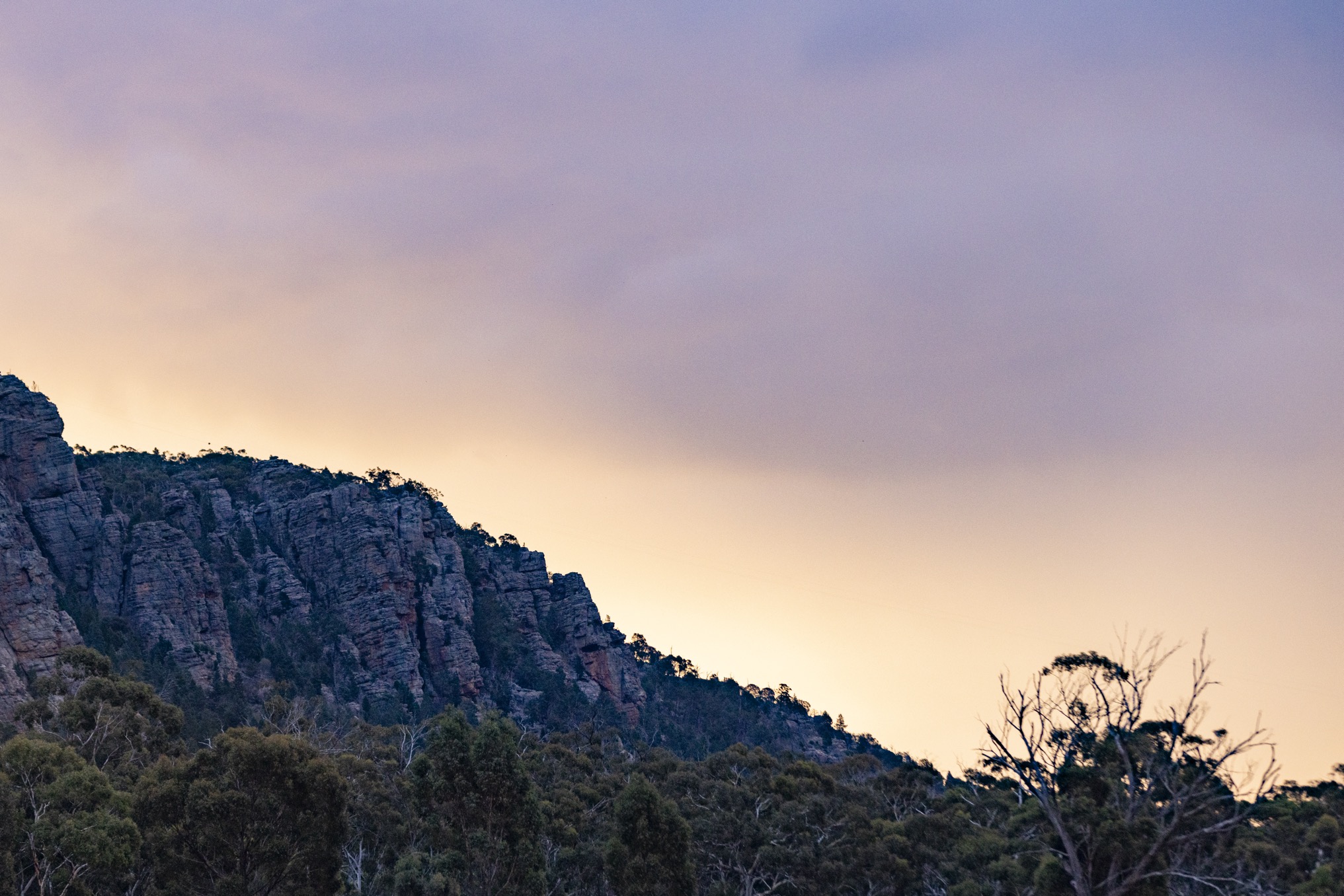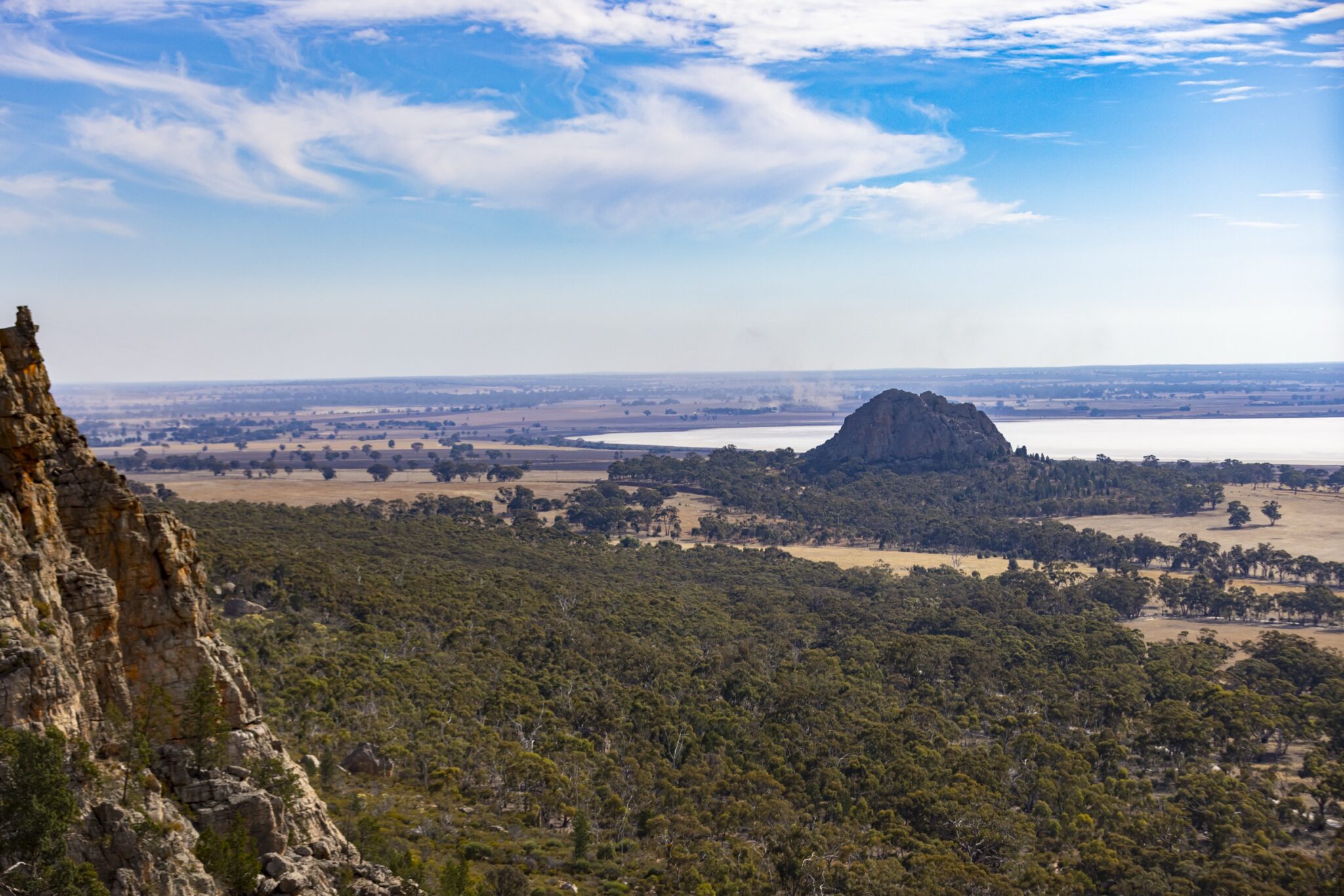How to belay with the Petzl GriGri | Rock Climbing 101
(This story originally featured in Vertical Life #45)
Words: Mikl Law
Climbing safety is everyone’s responsibility, and it’s something our editorial team are incredibly passionate about. Our Tale of Whoa column is our continued commitment to creating a culture of safety within our community. This edition, we are thrilled to have guest contributor Mikl Law talking GriGris, sharing his experiences of what can—and has—gone wrong.
GriGri have been the sport climber’s standard for over 30 years now and basically they are great until they aren’t. Most of the time they just lock up and you assume they are safe and reliable, and then suddenly the leader is heading groundwards. No matter how many times they are called an “assisted belay device”, people think of them as automatic; you still have to hang on with the brake hand.
GriGri behaviour is very dependent on rope friction (diameter and condition) and the rope weight below (any tangles makes it impossible to feed). So a fuzzy 10 mm rope will lock up easily and be hard to feed while a new 9 mm will feed easily but needs a firm anchor hand to grab. (I use a fuzzy 10mm rope as it makes me feel safe.) A GriGri needs a well stacked rope to feed smoothly, so organise the rope before the leader sets off, particularly on hanging belays—a long hanging rope makes feeding the rope very tricky.
Even people who have safely used the GriGri since last century have occasionally gone into “GriGri Lock”, grabbing the cam open in a surprise fall. Petzl’s “new” GriGri technique (look up “belaying with a GriGri” on their website) is a big step forward as the hand that is holding the cam open is also holding the rope. That means if you go into GriGri Lock you should be holding the anchor strand tightly enough to activate the cam.

GriGris produce higher impact forces on the top piece (up to 50 percent more) than an ATC, so GriGris shouldn’t be used for trad on anything less than perfect gear… You really should learn to use an ATC for trad, double ropes, long abseils, and World Cup competitions.
When lowering or abseiling, be careful—GriGris go from locked to running free very quickly. It’s like a light switch. Squeeze your brake hand hard and close the handle to get some more friction.
Always check the grab action when you use a different rope or GriGri: fat, thin, new, old, or coated ropes will all grab very differently and GriGris can wear a lot too, which changes their behaviour. They aren’t automatic, they are “assisted” and you still need to belay with them.
The “events” below all happened to me over two years, as well as a few longer falls when the GriGri didn’t lock immediately (I also got dropped three times on ATC over that period).
Situation 1: I got on something a bit harder than normal and was feeling fine when my belayer called, “You’re the hand!” Thinking that this was some hipster compliment, I continued shaking my way through the crux, until I realised he meant that he’d threaded the GriGri backwards.
Analysis: Buddy check and a rope jerk would have sorted that one out. Andy Kirkpatrick recommends grabbing the leader’s knot and following the rope back to the GriGri, as it’s easy to tug on the wrong rope. Same goes if you’re abseiling on them—weight the system before unclipping your safety.
Situation 2: I fell and was hanging from the rope when the belayer said that I better clip in for a sec. He’d threaded the rope through the GriGri correctly, but hadn’t closed it; it was hanging open but it still worked.
Analysis: I can’t believe I got four bolts up a climb without the rope falling out. And I’m more amazed that it held the fall. It was probably almost closed when I left the ground and may have escaped notice that way. Once again, buddy check and jerk test (and maybe turn the belayer upside down and shake them for good luck too).
Situation 3: Jamming the handle open—it only needs a small force and it will never lock. My experience was with a belayer whose screwgate was clipped to both parts of his harness (and not to the confusingly named “Belay Loop”). Unfortunately, if you clip a GriGri like this, there’s a 50 percent chance that the handle lies against your belly. I fell, it didn’t lock, I broke my coccyx, he burnt both hands (yes, he was hanging on hard).
Analysis: Anything unusual should be checked. I have read of accidents where a twig or rock jammed the cam action. All the manuals show the GriGri clipped to a belay loop, so that it is free to move, and not be obstructed.
Situation 4: I fell at the first bolt, my light belayer was lifted till the cam hit the draw and unlocked. I was already close to the ground and got dropped the last metre; my second stopped herself after dropping a short distance. After dropping away from the draw, the cam worked again. No-one was hurt in this case.
Analysis: It’s probably best to tie down or clip into a pack if you’re that light, being flung up against the rock is a “Bad Thing” and may injure you, or make you let go.
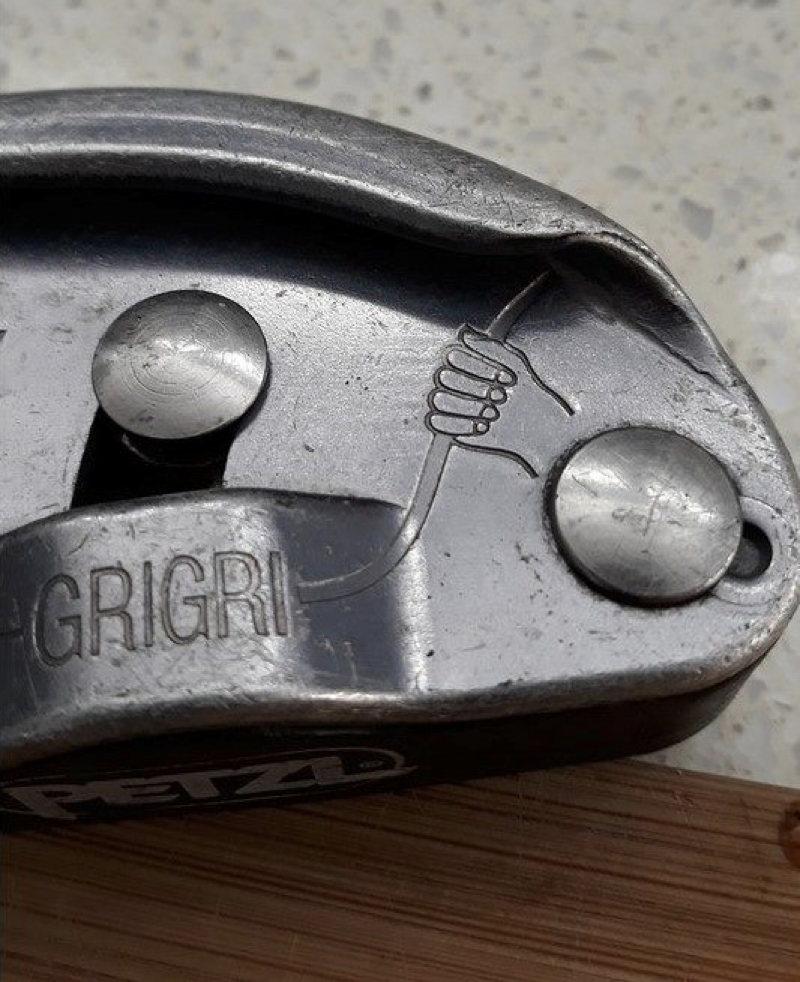
It’s an odd situation as the belayer should hit the ground before the belayer hits the draw, they may have been standing at a high point, or jumped up and took in. But this could be a big issue with light belayers on a multipitch where you clip a high runner as you leave the belay, best to tie down in this case.
So, GriGris: friend or foe? They are my standard belay device for single pitch climbing, but I always need to check the system each time, and hang onto the brake rope. If you’re old, learn the “new” Petzl belay technique. If you’re heavy, you need to step or jump up to give a soft catch. Always check that it’s threaded correctly, feel how grabby it is, and stack the rope neatly. Belaying is hard.
Mikl Law is an old climber who was introduced to climbing in 1970, and introduced to fear in the early 90s. He still faffs around on rocks and thinks he’s cool.

